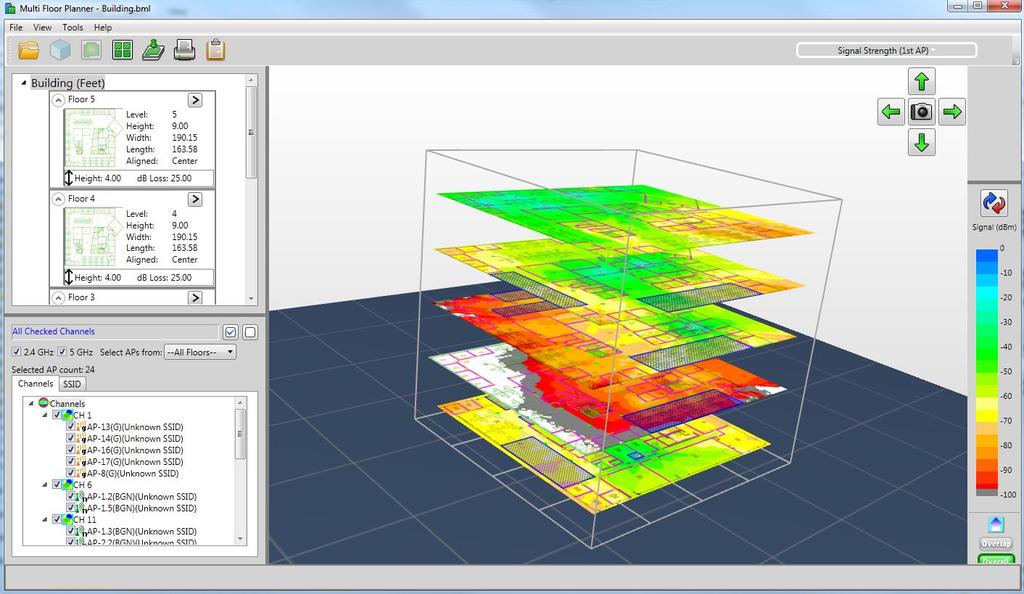

This is based on the number of APs, their location, and their configuration. Predictive surveys use floor plans, estimates of building materials, and advanced algorithms to predict how the wireless network will look.

Site surveys can be divided into three types that are typically carried out in order predictive, pre, and post site surveys. Invisible radio waves become easy to understand with colorful heatmaps. These applications and others like them, allow you to visualize your WLAN deployment before, during, and after its deployment. Enter the site survey and fantastic site survey tools such as Ekahau’s Site Survey and Fluke Networks AirMagnet. The physical environment also has a major impact on how you design the deployment and how the APs will work. Some of the areas a designer can control are:ĭue to the nature of radio waves, it can often be hard to visualise how aspects of your design will work when viewed as a collection of numbers and PDF specifications. Minimization of interference with other networks or RF signalsĭesigners of wireless networks have a number of tools in their armory to meet these requirements.Specific support for high density or real-time applications like voice.

Often the requirements have to be balanced against each other to reach the most optimal outcome. These requirements can differ from physical location to physical location and can even vary within different areas of a location. The end goal of any site survey is to ensure the most optimal configuration of the wireless network for the given requirements.
AIRMAGNET SITE SURVEY HOW TO
We covered an introduction to wireless site survey early last year with “ From Site Survey to Flawless Wireless Connectivity”, but in this post we will further examine site surveying and how to use this new feature in more detail. In last month’s blog we covered some of the upcoming access point features, one of which was a dedicated site survey mode on Meraki access points (APs). Simple Standalone Site Surveys Thursday, January 8th, 2015


 0 kommentar(er)
0 kommentar(er)
